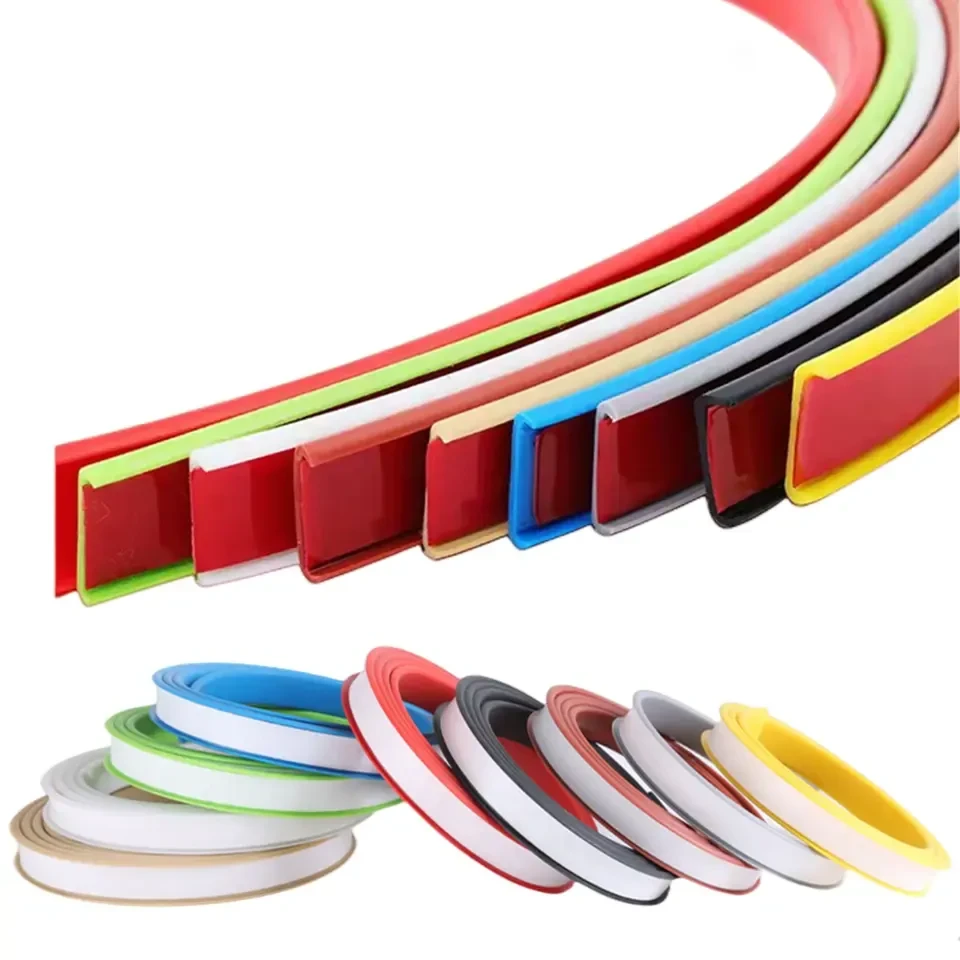cabinet door seal
Understanding Cabinet Door Seals Importance and Installation
Cabinet door seals are crucial components that often go unnoticed in kitchen and bathroom designs. While they may seem like simple additions, their role in maintaining a functional and aesthetically pleasing environment cannot be overstated. In this article, we will delve into the importance of cabinet door seals, their different types, and the installation process for those looking to enhance their cabinetry.
Importance of Cabinet Door Seals
Cabinet door seals serve several essential functions. First and foremost, they help to keep dust, moisture, and pests at bay. In areas such as kitchens and bathrooms where humidity levels can fluctuate significantly, having a proper seal can protect both the contents of the cabinets and the cabinetry itself. Moisture can warp wood, and a build-up of dust can lead to unsanitary conditions, particularly in spaces where food is stored.
In addition to protecting the contents, cabinet door seals can also improve energy efficiency. For instance, in a kitchen setting, sealing the gap between cabinet doors can help maintain the temperature of items stored within, reducing the need for frequent temperature adjustments in refrigerator units or wine coolers. This is particularly true for specialized cabinets designed for storing wine or other temperature-sensitive products.
Furthermore, a good seal enhances the overall aesthetic of cabinets. Gaps between doors can be an eyesore, disrupting the clean lines and symmetry that homeowners strive for in their design. By installing effective seals, you can ensure that your cabinetry not only performs well but looks impressive, too.
Types of Cabinet Door Seals
Cabinet door seals come in various materials and designs, allowing them to cater to different needs and preferences. The most common types include
1. Rubber Seals These are flexible and effective for creating a tight barrier against moisture and dust. They are often used in overlay cabinet doors where a robust seal is crucial.
2. Foam Seals Also known as weatherstripping, foam seals are easy to install and provide a great solution for cabinets exposed to frequent temperature changes.
cabinet door seal

3. Magnetic Seals Often utilized in high-end cabinetry, magnetic seals keep doors tightly closed, providing an added layer of efficiency and aesthetics.
4. Vinyl Seals These seals are durable and can handle a range of temperatures and conditions, making them ideal for versatile applications throughout the home.
Installation Process
Installing cabinet door seals is a relatively straightforward process, making it a project that many DIY enthusiasts can tackle. Here’s a step-by-step guide
1. Measure the Door Gaps Begin by measuring the gaps around your cabinet doors to determine how much sealing material you will need.
2. Select the Appropriate Seal Choose a seal based on your measurements and intended application. Consider factors such as weather conditions, potential moisture exposure, and aesthetic preferences.
3. Prepare the Surface Clean the area around the cabinet door edges to ensure that the adhesive will stick properly. Remove any old seals or debris.
4. Apply the Seal If you’re using adhesive seals, carefully apply the seal along the edges of the cabinet doors. For magnetic or clip-on seals, align them precisely and secure them into place as per the product guidelines.
5. Test the Fit Close the cabinet doors to ensure a snug fit. Check for gaps and adjust the seals as necessary to ensure maximum efficiency.
In conclusion, cabinet door seals may seem like minor components, but they play a significant role in protecting your cabinets and enhancing their functionality. By understanding their importance, exploring the various types available, and following a straightforward installation process, homeowners can ensure that their cabinetry remains in top condition for years to come.
-
Under Door Draught Stopper: Essential ProtectionNewsJul.31,2025
-
Garage Door Seal and Weatherstrips for ProtectionNewsJul.31,2025
-
Edge Banding Tape for Perfect EdgesNewsJul.31,2025
-
Table Corner Guards and Wall Corner ProtectorsNewsJul.31,2025
-
Stair Nose Edging Trim and Tile Stair SolutionsNewsJul.31,2025
-
Truck Bed Rubber Mats for Pickup BedsNewsJul.31,2025
-
Window Weather Stripping for Noise ReductionNewsJul.29,2025